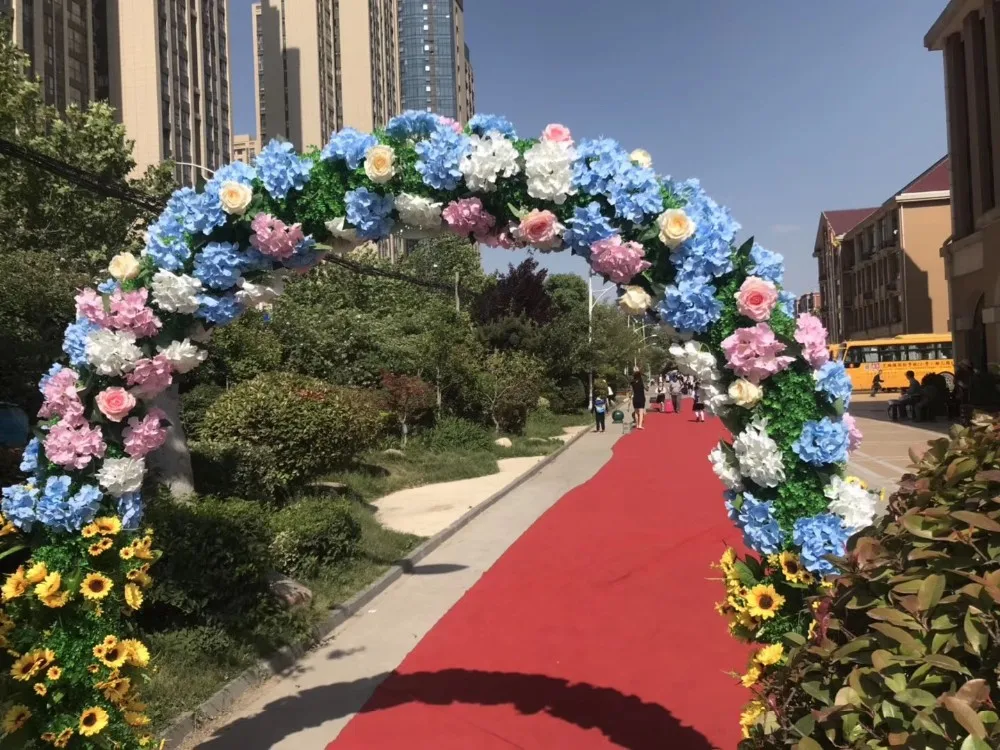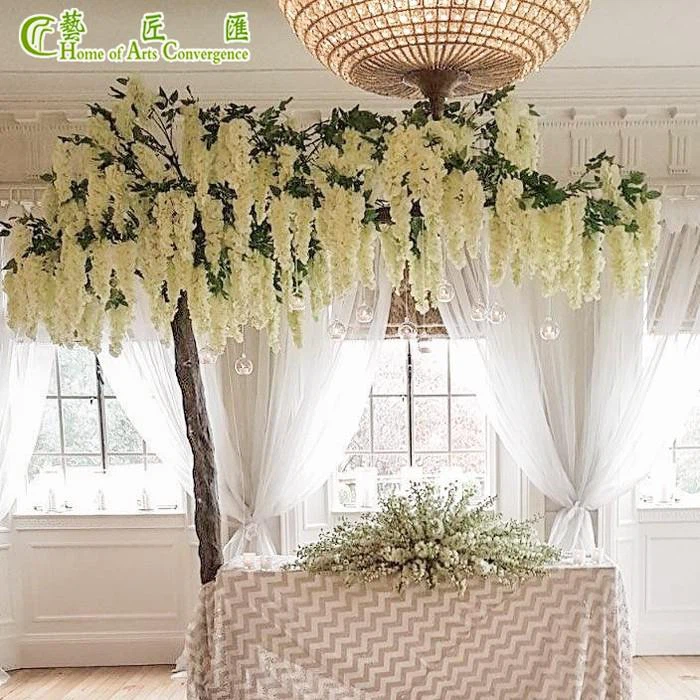

Japanese gardens aim to achieve balance and proportion. You will never find a huge tree next to a very small bush… Every change of size and shape needs to be gradual.Japanese gardens aim to bring a sense of harmony, peace and serenity. They are meant to convey and at the same time represent an emotional state, one of a meditative and harmonious nature.

If growing a Japanese garden is an art that appeals to you, look no further, because this is the article that will teach you the basics of traditional Japanese gardening and give you some of the best plants you can grow to make your backyard Zen garden look beautiful and realistic.īut before we meet these perfect plants for a Japanese garden, let’s see the 12 basic principles of Japanese gardens. These elements make them fit in with the overall concept of Japanese gardens. They are evergreen perennials they have an overall harmonic shape, or harmonic shapes of trunk and branches they have stylish foliage or flowers they are slow growers they have a peaceful presence. Some plants are naturally good for Japanese gardens because of some factors. They are balanced and they have clear elements, rules and some plants are better than others. They look perfectly stylish, natural but at the same time perfectly manicured. M&S continues to support water stewardship across various crops and sourcing regions through our commitment to the WRAP 2030 Courtald Water Ambition.Do you want plants to recreate the harmonic peace of a traditional Japanese garden in your own back yard? Japanese gardens have a long tradition. You can read about some of our key learnings from our Water Stewardship journey here.īuilding on this work, over the last 10 years our suppliers have developed a strong water stewardship approach in this region. We have also worked with WWF to produce a Good Water Stewardship Guide, which provides a number of recommendations for improving water efficiency on farms. The outcomes of the study have been used to develop the first draft of what has become International Water Stewardship Standard. The work investigated whether existing standards were fit-for-purpose and viable in delivering better water management in the challenging context of an African river basin. The Kenya case study was the first ever exploration of how a water stewardship standard could work in a developing country. The work involved pilots at flower and vegetable farms in the Lake Naivasha Basin to explore the costs and benefits of standard implementation, and the implementations for local communities and wide basin governance. In 2011, we co-sponsored a study to explore the value of water stewardship in Africa with the Alliance for Water Stewardship (AWS) and GIZ with support from a number of other organisations. In particular, flower farms in the Great Rift Valley depend heavily on Lake Naivasha for irrigation which shrinks significantly during periods of drought putting these businesses and communities under threat. Kenya is one of our major sourcing regions for flowers and water for irrigation is a concern. We have worked on developing our water stewardship approach at farm level for over 9 years, which started in Kenya. We are committed to working with our suppliers to improve their water efficiency and working with others collectively to address water challenges in important and vulnerable sourcing locations.
#Flower arch factories license

coir, wood fibre, etc) and where peat is used it must be sourced from named peat bogs confirmed not to be Sites of Special Scientific Interest (SSSIs)
#Flower arch factories code


 0 kommentar(er)
0 kommentar(er)
